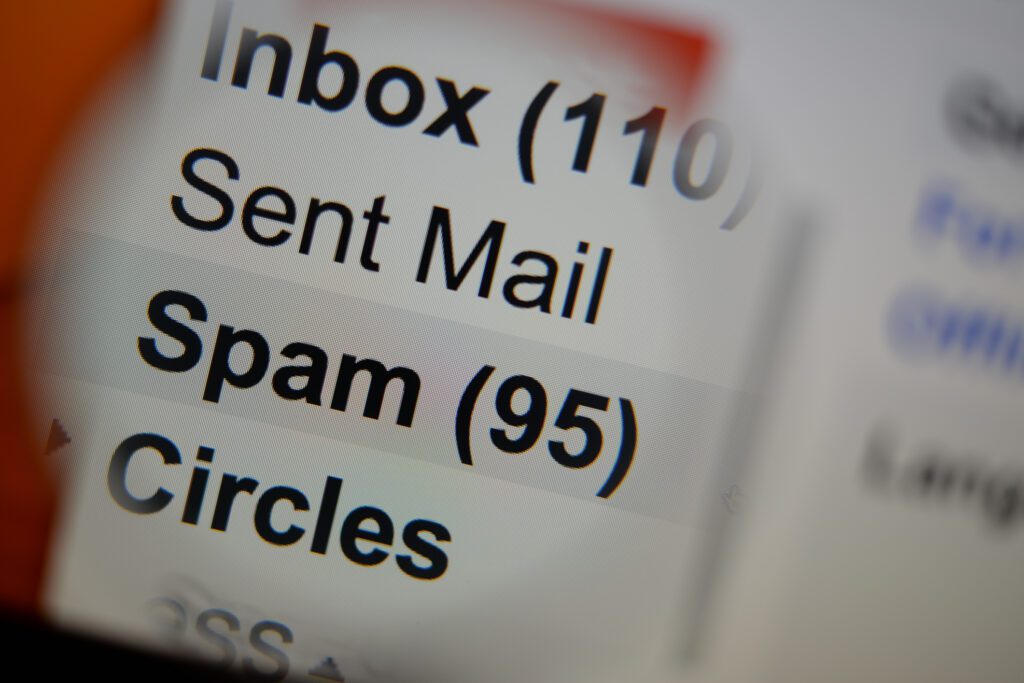What the Death of the Open Rate Means For Digital Campaigners
Apple’s September iOS update will spell the end of a key metric for email marketers. Campaigns need to start planning now.


Open rates are dying, and it’s happening in only a few short weeks. With their demise goes a number of tactics political email folks have used for almost 20 years.
Apple’s next iOS release (iOS 15, expected in September) is going to include a new privacy feature called Mail Privacy Protection. It’s going to render the pixels that track email opens useless and some email tactics, like countdown timers and A/B tests that auto-deploy winners based on open rates, obsolete. And the biggest change will be to the open rate itself (more on that in a bit).
Based on previous release trends, about 70 percent of iOS users will have Mail Privacy Protection turned on within the first two months of the release — and that number will creep north of 99 percent over the ensuing months.
Email marketing, including political email, is going to change in a big way, and now is the time to start planning for the future. I’ve been playing around with the beta version of iOS 15 for a few months now, and here are a few tips I’ve gleaned:
Get your data house in order (and start now).
Today, when an iOS user opens an email in their inbox, the email images are pulled from wherever they are hosted (e.g., your email service provider or your website) and loaded live, including the open tracking pixel. This is how we know when a user opened — and whether they opened at all.
After September, Apple is going to load email images and pixels onto people’s iPhones soon after the email is sent — known as “pre-fetching” — regardless of whether people ever open the email.So “open rates” will no longer reflect the number of people who actually saw your email. The typical 12-15 percent open rates you might be accustomed to will look more like 40-60 percent because the data will show every person who merely received the email on iOS/iPad OS/Apple Mail as having opened it.
Assessing content performance based on open rates leads too easily to a chainsaw approach — that is, email marketers treating wide swaths of recipients all the same. iOS 15 will prompt us to swap out the chainsaw for the jigsaw, a delicate cut that requires a more nuanced understanding of our audiences. It’ll require us to build smaller lists of active subscribers based on clicks and conversions rather than opens, and to connect our CDPs (Customer Data Platform) and ESPs (Email Service Providers) to get a more comprehensive data picture of who those people are.
Prepare to tinker with timing.
Send-time optimization is the practice of analyzing when users are opening emails and then sending emails at those times. After Mail Privacy Protection comes on the scene, we’re going to have to change our approach, because “open times” will reflect what time devices are pre-fetching email images and not what times users are opening the email. But all is not lost: We’ll still be able to see when clicks and conversions take place, and we can use that information to optimize send times even in the absence of open data.
In fact, like the clicks and conversions themselves, this version of timing data may be the metric we should be using already. After all, these tell us not just how alluring a subject line was, but what email messages and calls to action actually move the audience. That’s a far more useful — and important — metric to track closely.
Invest in quality content.
The changes coming with iOS 15 will force us to retire some of the tactics and metrics we’ve come to know and trust. This is true. Without open-rate data to gauge performance, it becomes even more important to reduce risky behaviors that can land you in the spam folder. This has always been a worthwhile undertaking, but after the release of iOS 15, the stakes will be higher because universes will be smaller — and hopefully more engaged, if we’ve done our homework.
It also means that click rates, which are unaffected by Mail Privacy Protection, are going to become an ever-more-authoritative indicator of what’s resonating. And that’s good for recipients and marketers alike. After all, for the long term, getting people to open emails is nowhere near as important as driving actions like donations, purchases, sign-ons, and shares.
No matter what kinds of changes Apple and the other powers that be choose to roll out, good email copy and clear calls to action will never go out of style. Relevant, engaging, useful content is what people want to find when they open an email. If you deliver on that, and follow the advice outlined above, the seismic shift of iOS 15 will be just a tremor for your program.
Email marketers have adapted to big shifts like this before: when the first spam filters were introduced, when email service providers started letting people mark spam with a single click, and when Gmail introduced tabs (to name just a few particularly memorable ones).
The next chapter is going to test our creativity, our analytics, and our skills. Ultimately, it will require us to switch out our chainsaw for a jigsaw to create more targeted and elegant programs.
In introducing Mail Privacy Protection, Apple hasn’t destroyed email marketing. They’ve just challenged us all to get better at it. The work is already starting, there are tools to help, and it’s only going to get more interesting from here.
Brian Sisolak is co-founder and president of PeakInbox, an analytics and testing tool for email marketers, and a VP of Technology Services at Trilogy Interactive, a full-service Democratic digital firm.

